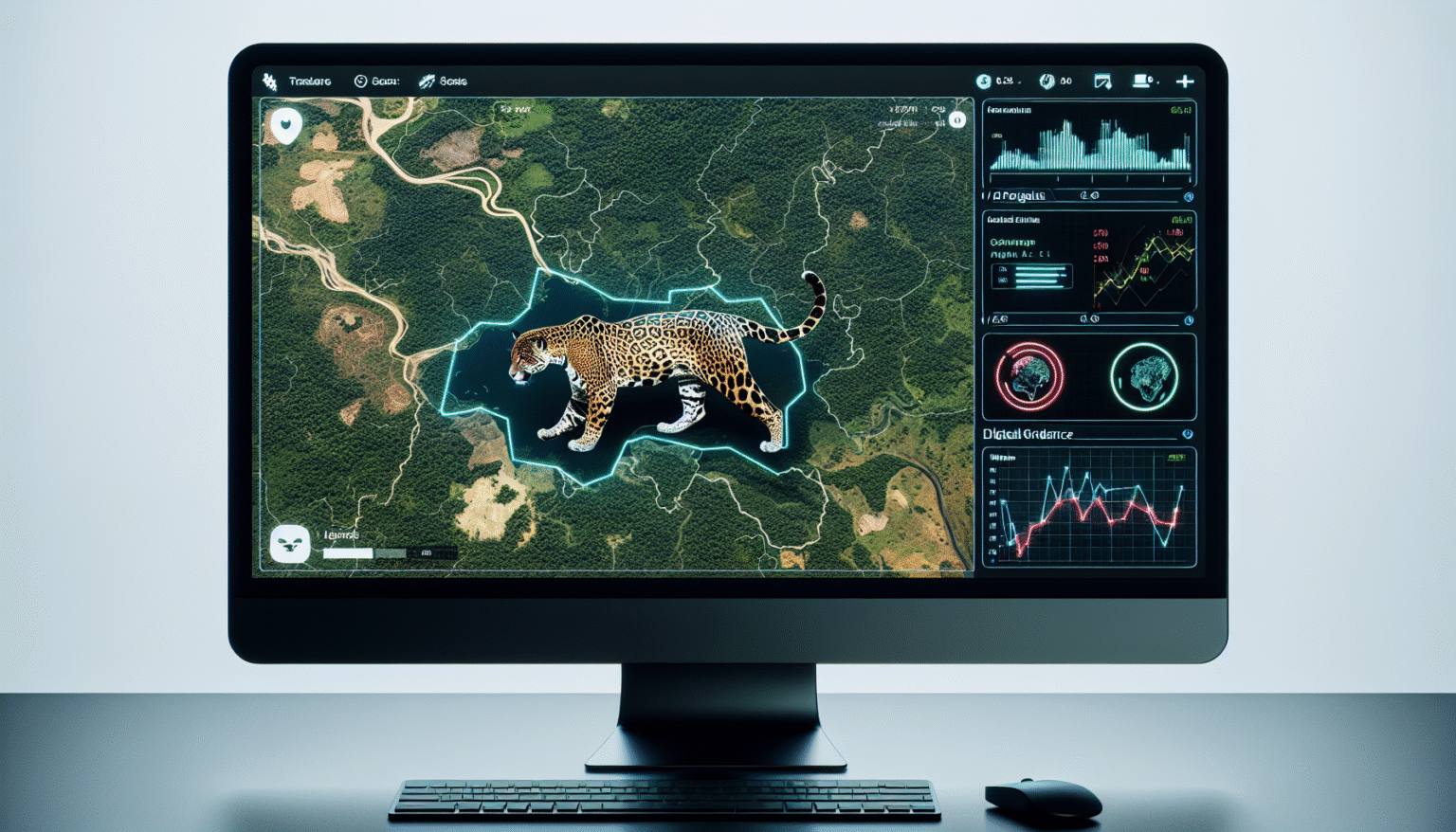Digital Updates from the Field: Track Your Adopted Jaguar
The Importance of Tracking Jaguars in the Wild
Jaguars, known scientifically as Panthera onca, are integral to the biodiversity of their habitats, primarily found in Central and South America. As apex predators, they play a crucial role in maintaining the ecological balance. However, habitat loss, poaching, and climate change have significantly endangered their populations. Digital tracking technology offers conservationists and wildlife enthusiasts the opportunity to monitor and protect these magnificent creatures in real-time.
Understanding GPS Tracking
Global Positioning System (GPS) technology allows researchers to collect precise location data about individual jaguars. Each jaguar is fitted with a lightweight collar that contains a GPS transmitter, which sends data regarding the animal’s movements, habitat usage, and behaviors. This technology not only aids in understanding jaguar ecology but also helps tailor conservation efforts aimed at ensuring their survival.
Key Features of GPS Collars:
- Real-time data transmission: Provides updates on location at specified intervals.
- Geofencing capabilities: Sends alerts when a jaguar moves outside a designated area, which can indicate potential risks.
- Biotelemetry: Tracks health metrics like heart rate and activity levels, allowing for comprehensive wildlife health assessments.
Engaging with Digital Tracking Platforms
Many organizations and conservation groups offer platforms where you can track your adopted jaguar. These platforms create an enriching experience for supporters and help foster a direct connection with wildlife conservation efforts.
Tracking Platforms Typically Feature:
- Interactive Maps: Users can see real-time movements of their adopted jaguar, with a detailed geographic layout, including habitat areas.
- Regular Updates: Monthly reports or newsletters provide insights into specific jaguar behaviors, including hunting patterns and interactions with other wildlife.
- Educational Resources: Access to articles, videos, and documentaries that deepen understanding of jaguar conservation challenges and successes.
How to Adopt a Jaguar
Adopting a jaguar through a conservation organization not only supports important research but also involves you in meaningful ways:
- Choose a Reputable Organization: Look for groups focused on jaguar conservation, such as the Panthera or the Wildlife Conservation Society.
- Select Your Jaguar: Many organizations allow you to choose a specific jaguar to adopt, often accompanied by a detailed biography of the animal.
- Contribution Levels: Various financial contributions support different facets of conservation—consider the impact of your donation.
- Engagement Opportunities: Donors often receive exclusive updates, invitations to field events, and opportunities to participate in virtual meetings with conservationists.
The Journey of a Jaguar: Spotlights and Updates
Each adopted jaguar has a unique story that contributes to our understanding of the species. For instance, the journey of “Zara,” tracked in the Amazon rainforest, showcases the resilience and behaviors of this magnificent species. Digital updates reveal her movement patterns, den locations, and interactions with other wildlife, allowing enthusiasts to witness real-time adaptations to environmental changes.
Recent Highlights of Zara’s Journey:
- Habitat Use: Zara has been observed predominantly in dense forests where she hunts local prey like capybara. Updates indicated a shift in her territory, emphasizing her adaptability to food scarcity.
- Inter-species Interactions: One recent update showcased Zara’s interaction with other apex predators, offering insights into competitive behaviors in shared territories.
Conservation Efforts Supported by Tracking Data
The data collected through digital tracking impacts conservation efforts on several levels:
- Habitat Protection: Detailed movement patterns can highlight critical habitats that require protection from deforestation or human encroachment.
- Human-Wildlife Conflict Resolution: Understanding jaguar behavior helps develop strategies to minimize conflicts between jaguars and human populations, particularly in farming areas.
- Population Monitoring: Tracking data aids in estimating jaguar populations, crucial for creating effective management plans and policies.
The Role of Technology in Conservation
Advancements in technology have revolutionized wildlife conservation. In addition to GPS tracking, drones, camera traps, and automated data analysis software are crucial tools for modern conservationists. Together, these technologies provide an expansive understanding of ecological systems and contribute significantly to wildlife management strategies.
Emerging Technologies Include:
- Satellite Imagery: Helps to monitor habitat changes and identify deforestation rates.
- Camera Traps: Provide photographic evidence of jaguar presence and population density assessments.
- Remote Sensing: Aids in understanding climate-related impacts on jaguar habitats.
Engaging the Public for Conservation
Digital tracking initiatives compel the public’s involvement in conservation efforts. By adopting a jaguar, individuals can foster a personal connection, raising awareness about the challenges these animals face. Social media platforms and websites allow organizations to share captivating stories and visuals that promote advocacy.
Public Engagement Strategies:
- Interactive Content: Encouraging followers to engage with real-time data through social media or websites keeps the conservation conversation alive.
- Community Events: Virtual or in-person events foster connections, allowing participants to share their experiences and learn more about jaguar conservation.
- Advocacy Campaigns: Mobilizing support through petitions, social media challenges, and awareness campaigns boosts visibility and support for jaguar conservation.
Take Action Today
To make a significant contribution to jaguar conservation, it’s essential to get started today. Support organizations that prioritize tracking and protection efforts, engage with the community, and participate in awareness campaigns. Together, we can ensure that future generations will continue to marvel at the powerful presence of jaguars in the wild. Embrace this technological journey and join the effort to protect our planet’s remarkable biodiversity.







